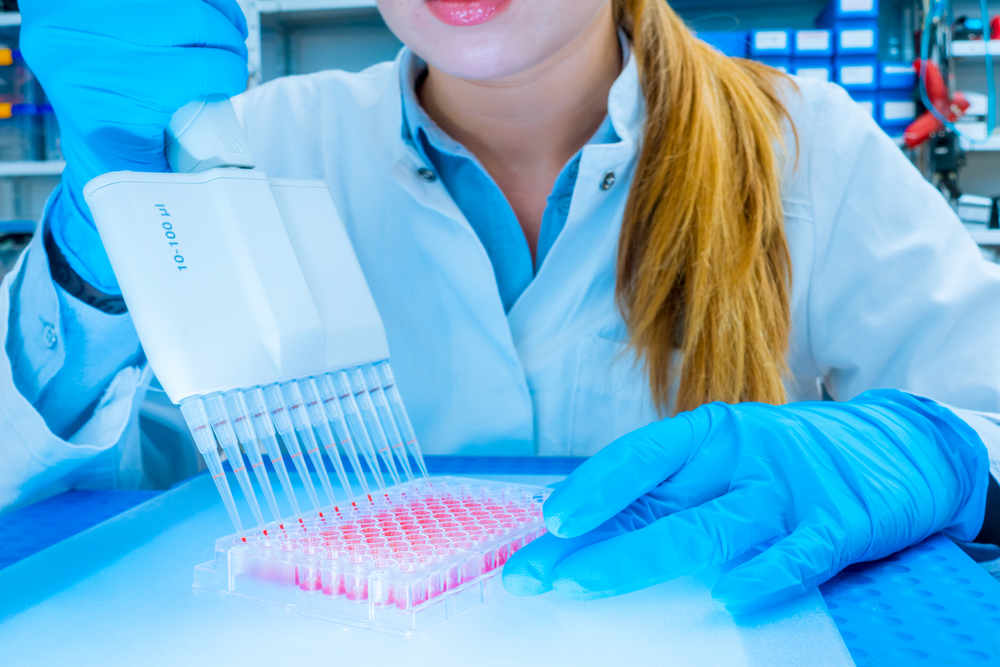Gene Involved in Collagen Coding Linked to PAH Development in Patients and Animals

Screening the gene transcripts of both people with pulmonary arterial hypertension and several PAH animal models, researchers at Mie University Graduate School of Medicine in Japan identified a new gene that might contribute to the disease.
The findings, published in the journal Frontiers in Pharmacology under the title “Comparative Transcriptome Analysis Identifies CCDC80 as a Novel Gene Associated with Pulmonary Arterial Hypertension,“ suggested the gene might serve as a new target for developing new and better PAH treatments.
To identify new factors involved in PAH development, researchers used five datasets of transcriptome data. The transcriptome is the entire set of gene transcripts — messenger RNA molecules constituting copies of the DNA sequence used to build proteins — in a human or animal.
A transcriptome analysis, unlike an analysis of the genes themselves, allows researchers to see which genes are active, and to what degree. Such analyses produce enormous amounts of data, but by focusing on factors that differ between healthy and diseased individuals, it is possible to home in on only those genes that might be involved in disease.
The study included a total of 34 PAH patients, 45 patients with intermittent PAH, and 11 healthy controls. Researchers also looked for factors that differed between healthy and sick animals in two mouse, and one rat, models of the disease.
Screenings first identified 5,858 genes whose activity differed between patients and controls. In addition, the research team found 228 genes differently expressed in the rat model, 379 genes in one of the mouse models, and 850 genes in the other.
Looking for genes that differed in the same way across the datasets revealed three genes that had an increased activity and two with decreased activity. Further analysis showed that the higher activity of the gene CCDC80 was linked to the activity of a gene coding for collagen.
Since the researchers did not know how CCDC80 acts in the body to contribute to PAH, they removed the gene from zebrafish — an animal model often used to study molecular processes — and observed that its absence increased the diameter of a main artery supplying the gills with blood, and decreased the expression of collagen type 1 and endothelin-1.
Taking the findings to a rat PAH model, they saw high levels of the CCDC80 gene in several parts of abnormal lung arteries, confirming that it is likely involved in PAH development.
“These results suggest that increased expression of CCDC80 may be involved in the pathogenesis of PAH, potentially by modulating the expression of endothelin-1 and COL1A1 [collagen type I alpha 1],” the research team concluded.







